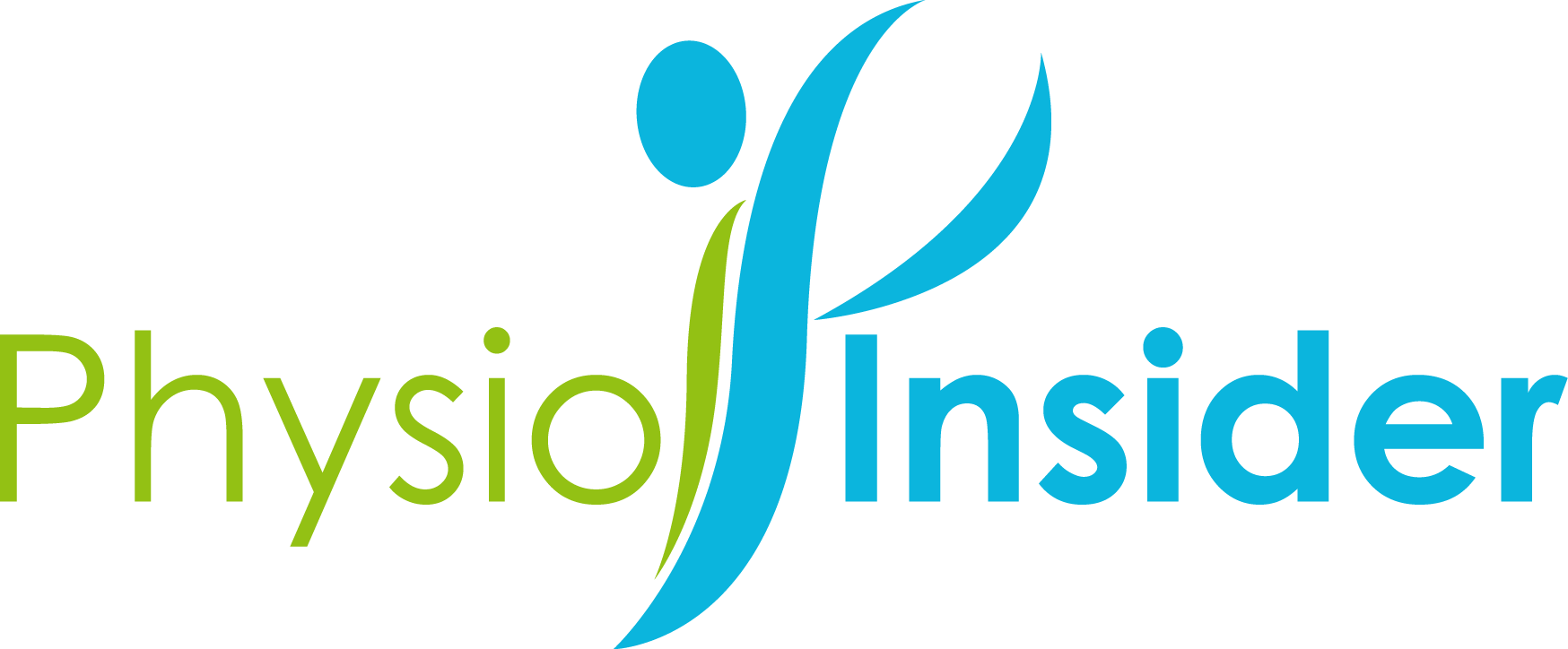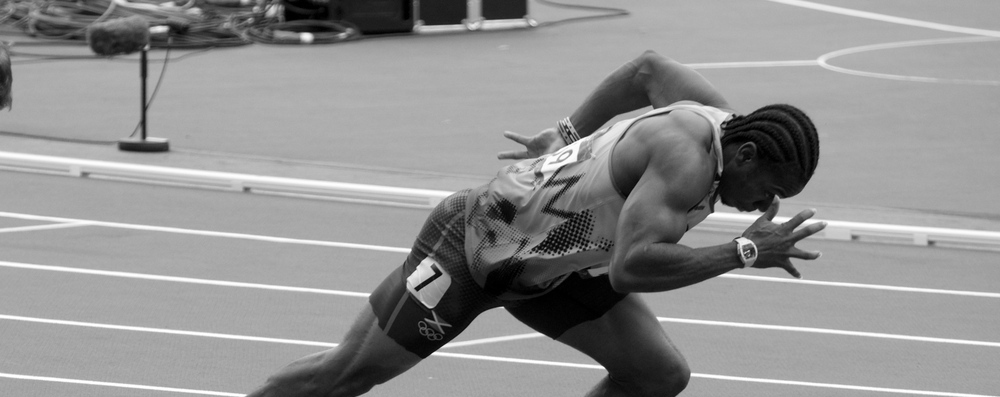Strengthening The Hip & Knee For Non-Symptomatic Individuals
In physiotherapy, we see hip problems much more often compared to knee problems. The reason being that the hip complexe is much more stable due to its inherent anatomy.Nevertheless, what most people don’t know is that people with knee problems are also weak on the hip on the same side. Weakened or insufficient hip strength may lead to overuse of the knee. It is therefore imperative to properly address the hip when working on knee conditions.
* Parameters are provided, but they are not written in stone so feel free to reduce a set or two, decrease the number of repetitions, or take longer breaks in between sets as needed.
Bridging Exercise:
Bridging, which strengthens the gluteus maximus, is one of the best exercise for the back. When the gluteus maximus is strong, it stabilizes the pelvis, which in turns aligns the lower spine.
Parameters: 3 sets 10 reps; lower leg down slowly to focus on the eccentric phase.
Hip Flexion Strengthening Exercise:
Parameters: 3 sets 10 reps; lower the leg slowly, this way you can build muscles faster. Progression: add ankle weights to increase resistance.
Hip Flexion Strengthening Exercise (Alternative Shown):
Parameters: 3 sets 10 reps; lower the leg slowly, this way you can build muscles faster.
“Clam” Exercise:
Parameters: 2 sets 10 reps on each side; lower leg down slowly to focus on the eccentric phase. Progression: add Theraband around knees for increased resistance.
Donkey Kicks Exercise:
Parameters: 3 sets 20 reps Note: Be careful not to twist and turn at the back when lifting the leg up.
Hip Abduction Strengthening Exercise:
Parameters: 3 sets 10 reps; lower the leg slowly. Progression: add ankle weights to increase resistance.
Hip Adduction Strengthening Exercise:
Parameters: 3 sets 10 reps; lower the leg slowly. Note: make sure that the trunk is aligned with the leg on the bottom. Progression: add ankle weights to increase resistance.
Squats Exercise:
Squatting is a great exercise since it trains your knees and hips so you would not stress your back when doing any lifting. Parameters: 3 sets 10 reps; rise up slowly to focus on the eccentric phase, this way you can build muscles faster. Progression: hold on to dumbells/ use a barbell.
* For knee injuries, it is important to strengthen the calves, hamstrings, and quads as these three muscles all attach to the knee complex. When these muscles are strong, it would hold the knee in a better alignment and re-force the overall structure.
Lunges:
Parameters: 3 sets 10 reps; rise up slowly. Progression: hold on to dumbells on each hand when lunging.
* For knee injuries, it is important to strengthen the calves, hamstrings, and quads as these three muscles all attach to the knee complex. When these muscles are strong, it would hold the knee in a better alignment and re-force the overall structure.
Calf Raises:
Parameters: 3 sets 10 reps; rise up fast and descend slowly. Progression: hold on to weights/ dumbells to add some resistance or simply rise on one foot only
* For knee injuries, it is important to strengthen the calves, hamstrings, and quads as these three muscles all attach to the knee complex. When these muscles are strong, it would hold the knee in a better alignment and reinforce the overall structure.

